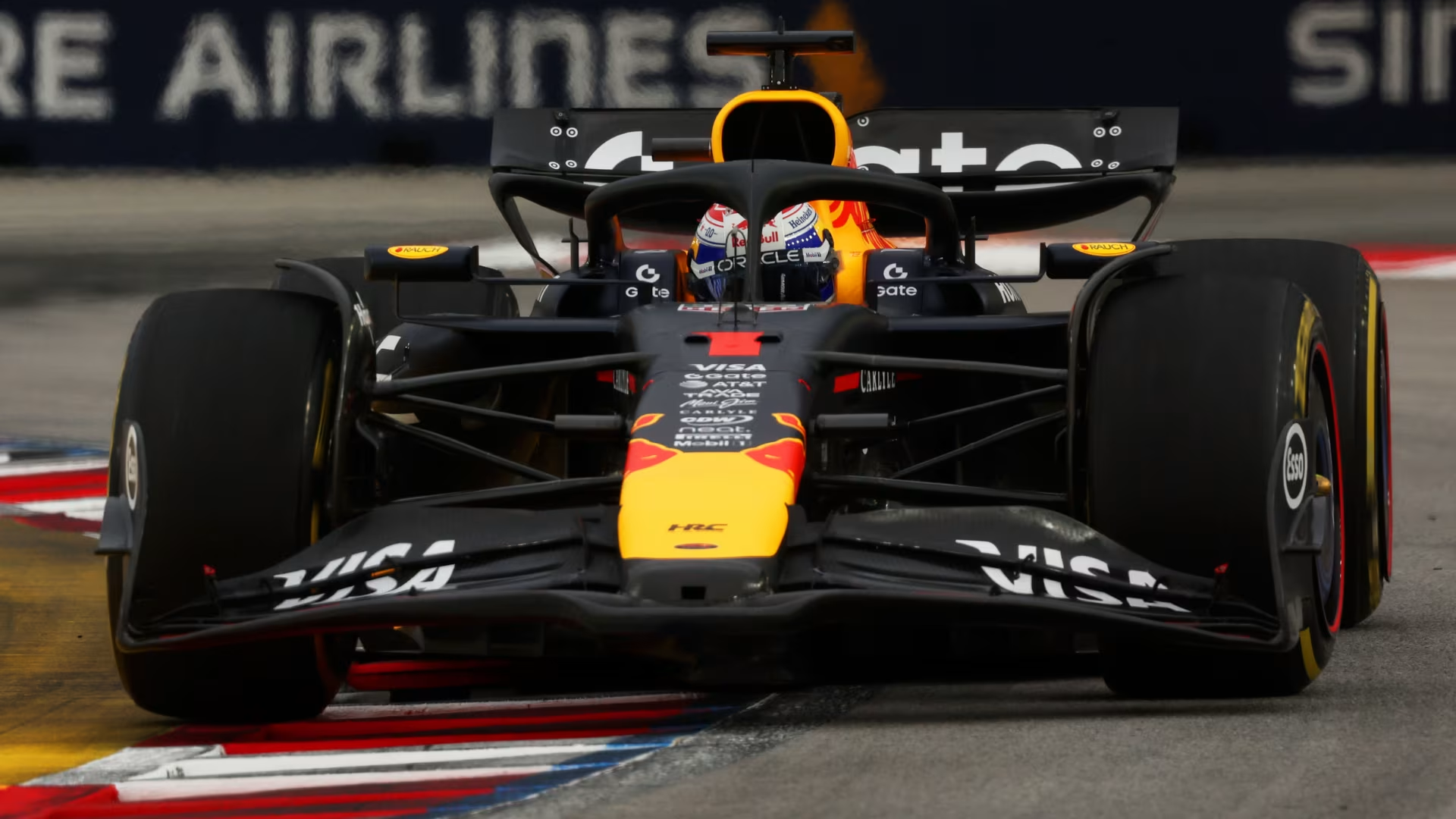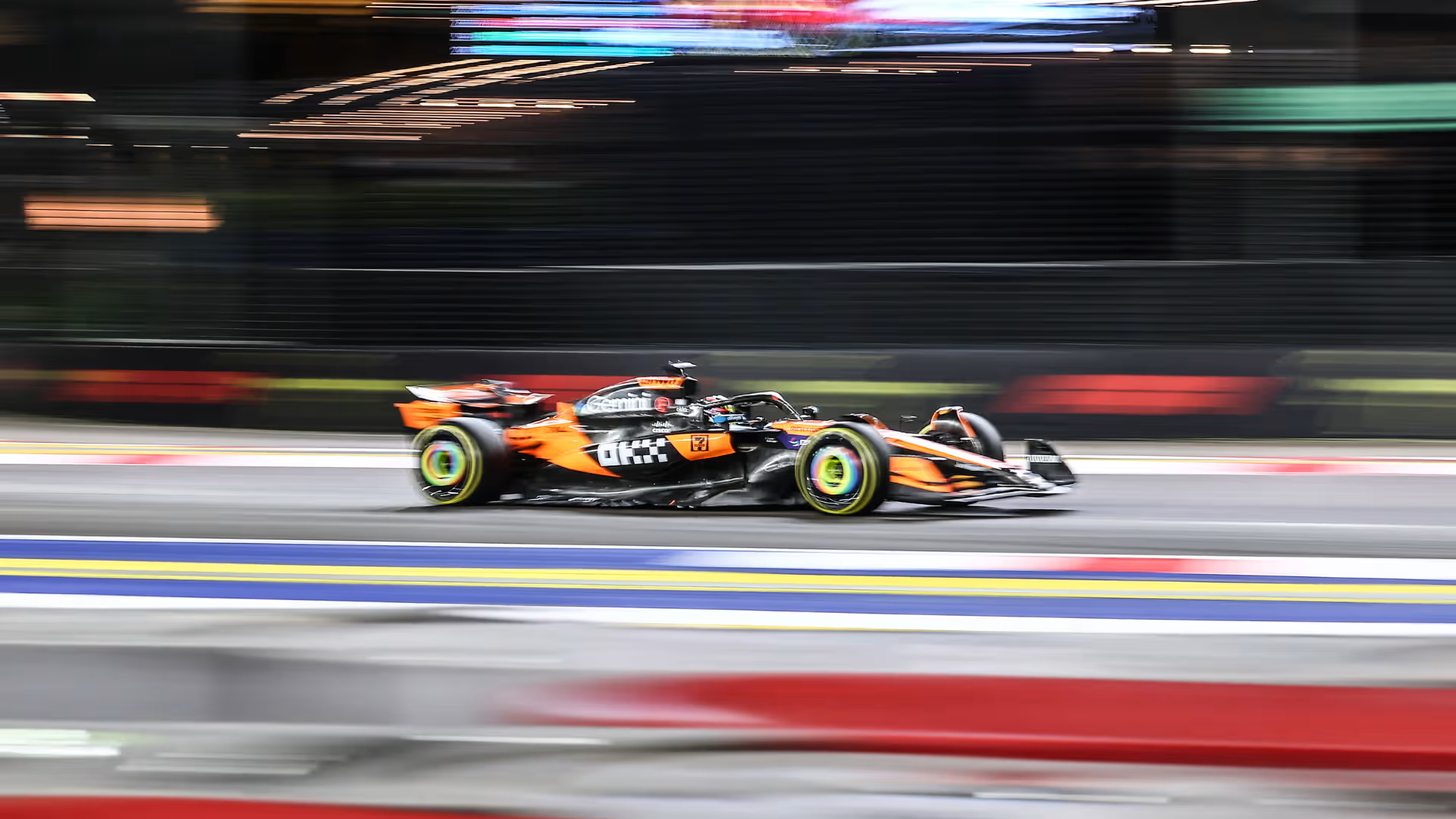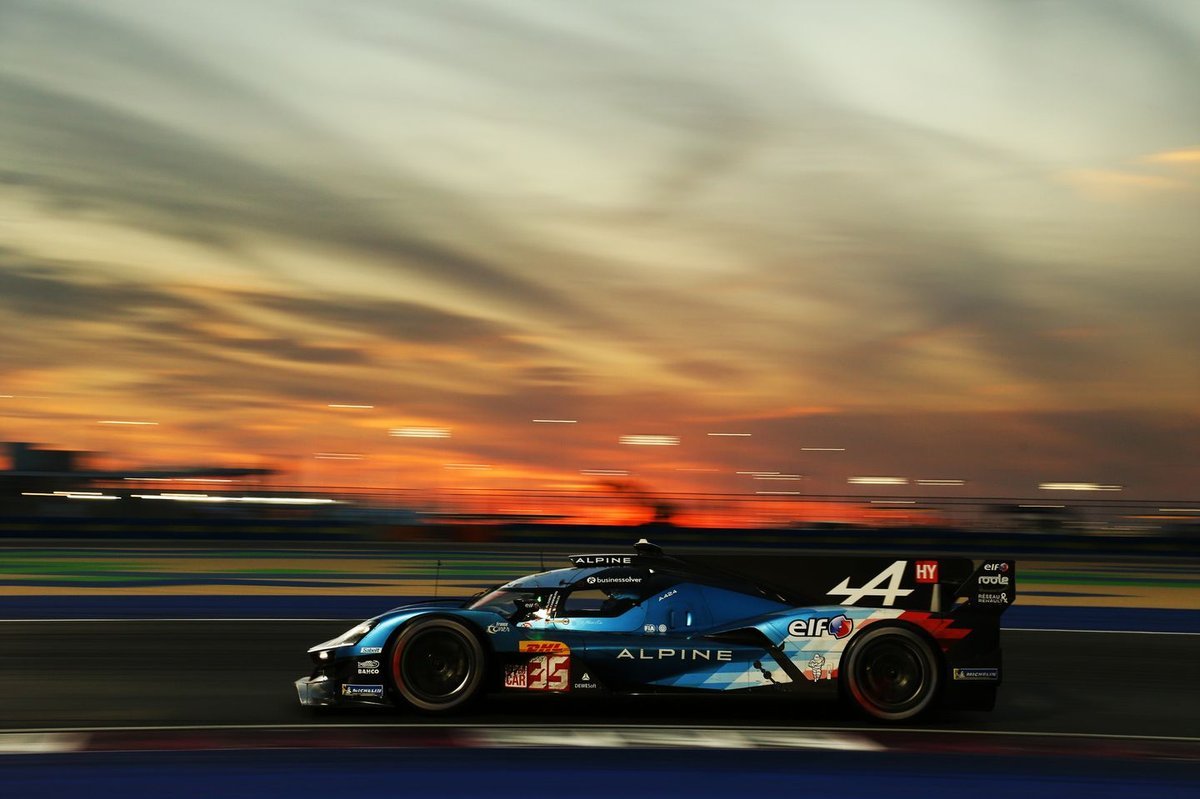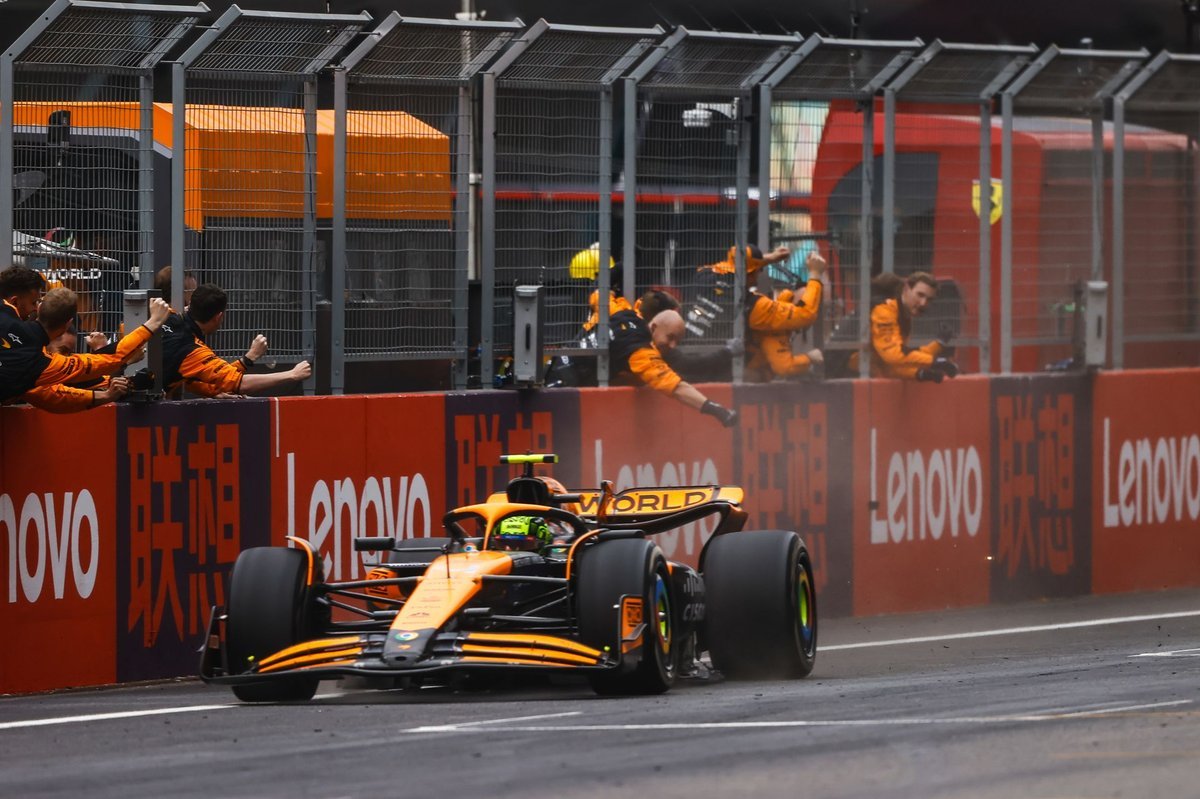The Shanghai International Circuit was the venue for a Formula E double-header last weekend.

Formula E’s long-awaited return to China last weekend had its share of skepticism, particularly regarding its chosen venue. The Shanghai International Circuit, renowned for hosting F1’s Chinese Grand Prix, was set to stage Formula E’s inaugural event in the city. Ideally, the race would have taken place within the city itself, rather than 38.4km away at a traditional circuit. Nevertheless, the event proceeded at the Shanghai International Circuit, utilizing a modified layout that included the first half of the F1 track before transitioning into a twisty infield section.
Drivers voiced concerns about the long, sweeping corners, fearing it would become the most energy-sensitive race in the Gen3 era. These fears seemed justified when six cars halted on the track in the opening minutes of first practice due to a software glitch from WAE, leading to a lengthy red flag period.
The timing of the event also clashed with the Monaco Grand Prix and the Indianapolis 500, kicking off a historically jam-packed weekend of global motorsport.
Despite these hurdles, qualifying proved thrilling, with cars sliding through wide corners at high speed and lap times incredibly close. Sunday’s final duel between Jake Hughes and Stoffel Vandoorne was particularly exciting, with Hughes clinching pole by just 0.001 seconds.
While qualifying was a success, Saturday’s race faced criticism for its extreme peloton racing. The pace often dropped by eight seconds compared to qualifying, and the bunched pack made for difficult viewing, even for dedicated fans. Aggressive racing within a three to four-lap window crossed the line for some, and the 17-hour delay in announcing official results further marred the experience.

Sunday’s race, however, was a different story. With a shorter lap count, the pace was significantly faster—just two to three seconds off qualifying times in the early stages. This rewarded genuine speed, making qualifying positions crucial. Pascal Wehrlein and reigning world champion Jake Dennis struggled after poor qualifying results, finishing 20th and 11th, respectively. The faster pace and cleaner race, filled with excellent overtakes, made it one of the most enjoyable Formula E races at a traditional circuit.
In summary, Sunday’s race marked a success, demonstrating that with the right balance, purpose-built circuits could work for Formula E in the future. As the series moves on to Portland, where extreme peloton racing originated, lessons from Shanghai will undoubtedly shape the strategy moving forward.













